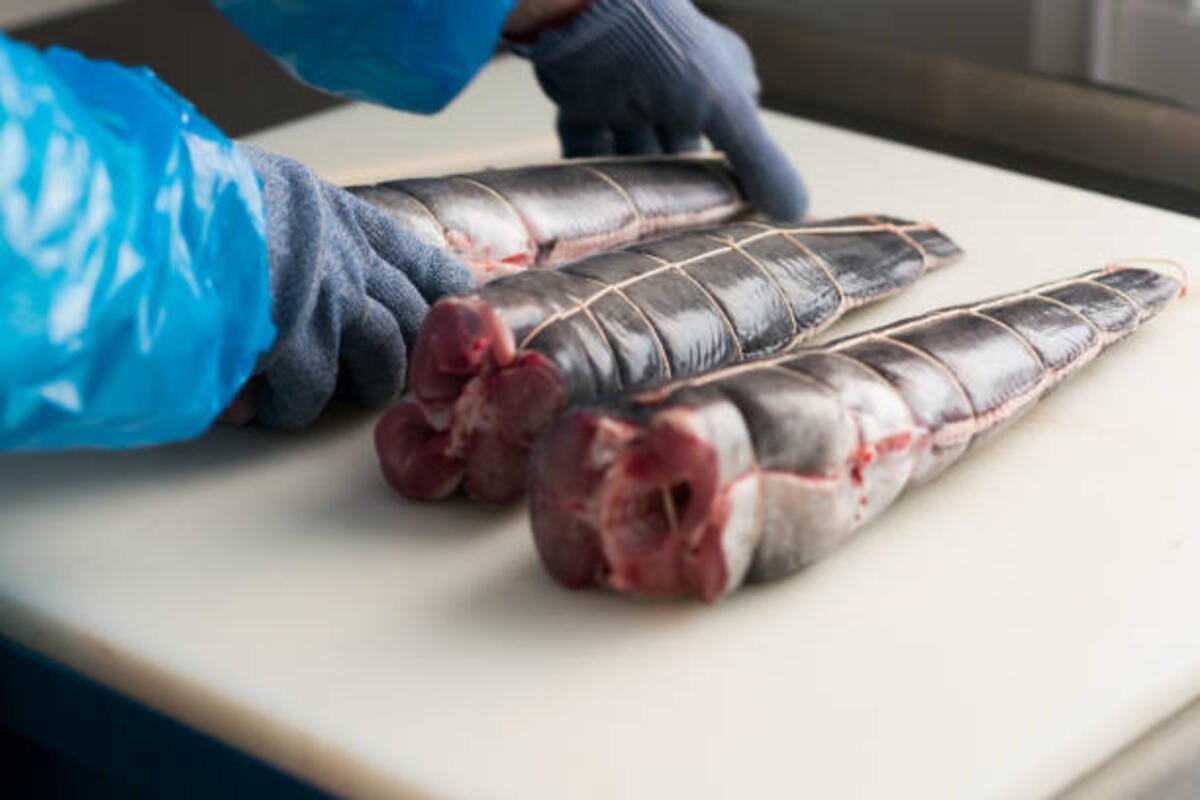Which Situation Requires a Food Handler to Wear Gloves?
Food handlers’ hands can carry and spread pathogens when touching ready-to-eat foods, so gloves may help limit contact between bare hands and these foods if they are regularly and correctly changed.
Before donning and taking off gloves, food safety teams must inspect them for physical contaminants like dirt or hair. This article provides guidelines to build protocols around using gloves in food safety environments.
1. Handwashing
Hands are one of the primary vectors for pathogen transmission in food establishments. When food handlers fail to wash their hands adequately between handling products, bacteria and other pathogens can quickly transfer onto them and then onto the dishes they’re preparing. Gloves can help mitigate contamination by creating an extra barrier between your hand and their food preparation tasks.
The FDA Food Code, upon which many local food safety codes are modeled, mandates food handlers wear gloves when handling ready-to-eat (RTE) foods such as raw fruits and vegetables, bakery items, and deli meats that do not go through heat treatments to kill bacteria. Because RTE foods do not undergo thermal processing to kill germs, they’re particularly susceptible to contamination.
Food handlers’ hands can spread more than microorganisms when handling ingredients; physical contaminants, like dirt or hair, can also transfer. Any pollutants on an item could trigger an allergic reaction in customers; gloves and strict handwashing protocols are recommended when working with these ingredients.
Food handlers should always wear gloves when working with chemicals or cleaning agents that can irritate skin or even lead to chemical burns if in contact with exposed skin. When food handling in high-risk settings such as hospitals or nursing homes is involved, gloves must always be worn by food handlers as this will help prevent illness from spreading further while safeguarding vulnerable populations such as children, pregnant women, and elderly adults.
2. Food Contact
Food handlers use gloves to protect themselves and the foods they prepare from bacteria, viruses, and other pathogens transmitted from their hands to food. Proper protocol must be observed when wearing, changing, and disposing of gloves to succeed.
Food Handlers
Chefs and Cooks in restaurants or other food service establishments oversee daily food preparation for customers, while Kitchen Managers/Supervisors monitor staff performance and address any food-related concerns that arise. Food and beverage Servers take orders from customers and serve drinks & meals to them while cleaning tables at the end of each shift.
Workers handling ready-to-eat foods must wear gloves when handling these types of products, per the 2017 Food Code. Wearing gloves helps limit direct or bare-hand contact between food handlers and these items, thus protecting workers.
Employees should change their disposable gloves every two hours to protect against punctures or tears that could contaminate food. Single-use gloves come in different materials, such as nitrile, latex, and polyethylene; food handlers should only use FDA-approved gloves when handling food. When selecting gloves, it is also essential to consider thickness and texture as well as puncture resistance, tear resistance, and cost. Finally, it must fit correctly so it can provide maximum benefit.
3. Cleanliness
Food handlers in high-risk situations must wear gloves to prevent the transfer of harmful bacteria, viruses, and pathogens through their hands to their food. Gloves must fit correctly, be replaced frequently as needed, and be appropriately disposed of when finished to reduce contamination risks and ensure food stays untainted by contamination. Incorrect handling could result in illness for customers and regulatory sanctions against an establishment, as well as reputational harm for them both.
Food handlers must ensure that they clean and dry their hands both before putting on gloves and before beginning food preparation tasks. Although wearing gloves provides some protection, harmful bacteria, and virus particles from items they have touched could still come in contact with their hands and affect them negatively.
Food workers must change their gloves immediately if they become torn or dirty; when doing so, they should avoid touching anything other than the food they are working with while changing them.
Food Safety Magazine conducted a study that revealed that food handlers often fail to notice punctures or tears in their gloves and continue working while wearing contaminated ones. While this gives them a false sense of security that their hands won’t come into contact with food they are preparing, glove use must not replace regular hand washing and using hand sanitizer with at least 60% alcohol content as necessary for safe food handling practices.
4. Sanitation
Food workers who wear gloves help prevent the spread of germs and pathogens that can be transmitted via direct hand contact with raw fruits and vegetables, bakery items, deli meats, etc., from becoming foodborne illnesses. As per the FDA Food Code – on which local food codes are based – gloves must be worn when handling ready-to-eat (RTE) foods like raw fruits & veggies, bakery items & deli meats, etc. Foodservice gloves are designed as single-use gloves, which must be changed when they become soiled, damaged, or contaminated during food prep work.
Food handlers must not only use single-use gloves when their hands contain cuts or wounds from cuts or burns; in addition to this, they should avoid wearing nail polish that contains harmful substances that could transfer to their food preparation work. To further prevent contamination, they should wear non-skid socks when working with food as this may contain harmful bacteria that will contaminate it as it travels up from their fingertips to the food they’re handling.
Many customers believe that food prepared by staff members wearing gloves is more hygienic; however, when food handlers fail to adhere to proper protocols when donning and taking off gloves, it can result in bacteria spreading from hands into the food being handled – potentially making consumers sick as well as leading to foodborne illness outbreaks.


